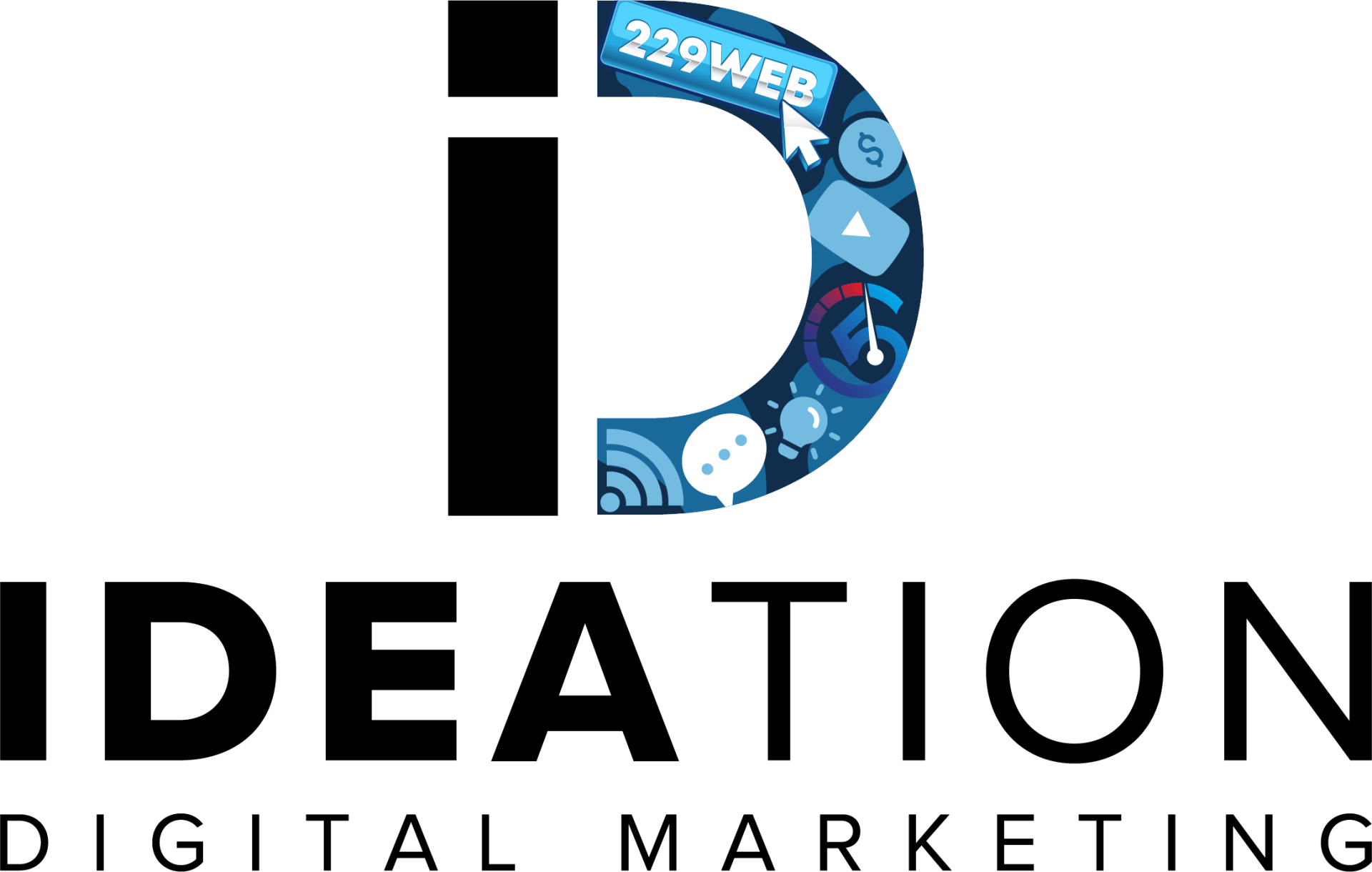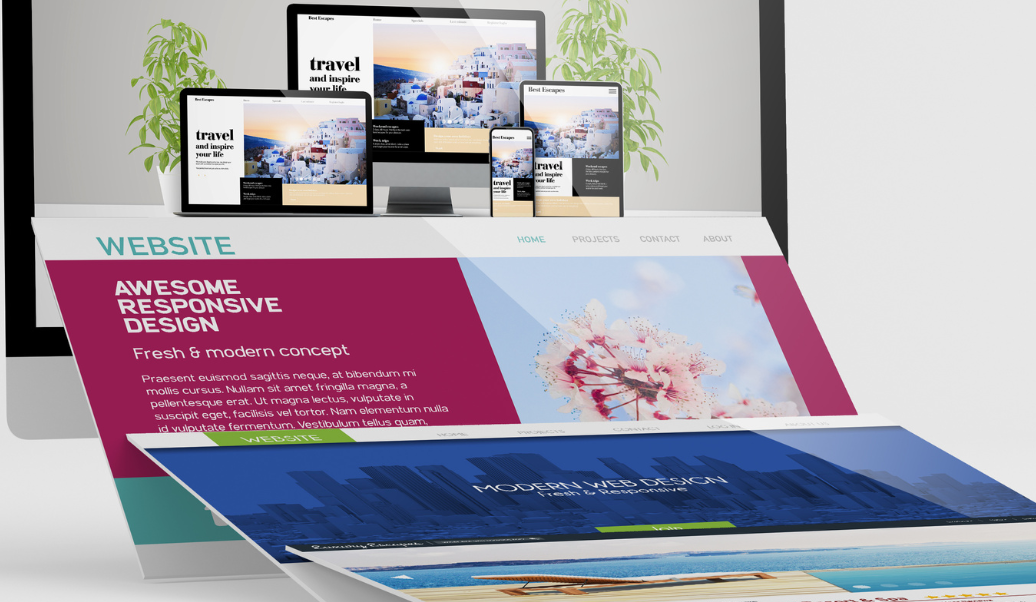Ideation Digital specializes in strategic marketing services that drive results for your business or organization, let us show you how our SEO Services can help grow your business on auto-pilot.
Is your online presence strong but your sales numbers remain disappointingly low?
Do you feel invisible online and know it’s affecting your sales growth?
Wondering if your business website actually brings in any customers?
Invested in online marketing but not seeing any increase in sales or customer inquiries?
The problem is there is more competition than ever for attention online and having a "good enough" online presence isn't good enough to get you customers anymore.
At Ideation Digital marketing we focus on building websites and SEO marketing programs that get you customers and leads, because why else would you invest in your small business marketing?
We understand the business saving impact of knowing you are getting consistent online leads from your website and online marketing. We are small business owners too.
That's why we only create online marketing that is optimized to produce sales and results. A.I. powered organic and comprehensive marketing systems that leverage the power of A.I. to create an online presence that actually makes the phone ring.

Want to discover how much not having an A.I. powered organic marketing system is costing your business already?
Get our digital marketing cheat sheet, made from a decade of experience in the industry, and customized for your business with exact steps to get consistent leads from your online marketing and finally feel like your online marketing investment is worth it!
How It Works
1. Analyze and Create a Strategy
We audit your existing marketing and needs, and help you figure out where your best opportunities are and agree on a plan that fits your goals.
2. Fast Implementation
Based on your strategy, we create your website and other marketing assets within a week so that you get leads FAST, and we offer unlimited editing so that your online presence always looks its best.
3. You Get Leads
Our expert team implements effective online marketing strategies to bring in leads and improve your local visibility, putting you in front of the right people at the right time so they actually reach out.
4. We Make Sure You Keep Getting Leads
We continue to monitor and actively manage your website, SEO, and digital marketing campaigns, allowing you to focus on your business while it shines online.
Here's what you get working with us:
Trust
We only recommend products and services that align opportunities with your goals. We focus on results for your business first.
Freedom
We manage all campaigns and assets for you. Need an update? No problem, send us an email, a text, or we will even create you a slack channel.
Growth
We don't just build websites, create SEO plans, and run ads for online marketing campaigns, we create comprehensive a.i. powered organic and paid marketing programs that bring you leads and customers.
See What Small Business Owners are Saying About Working with Ideation Digital

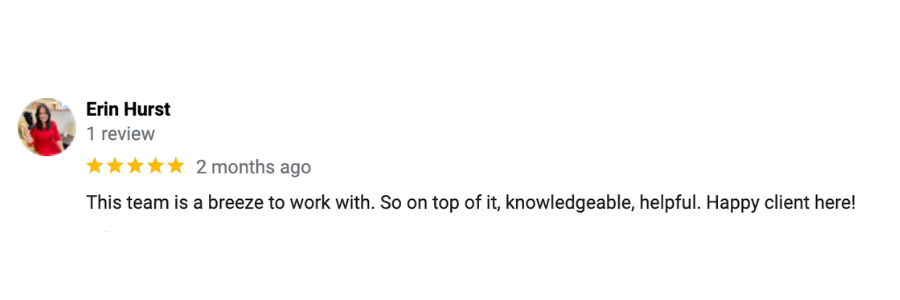

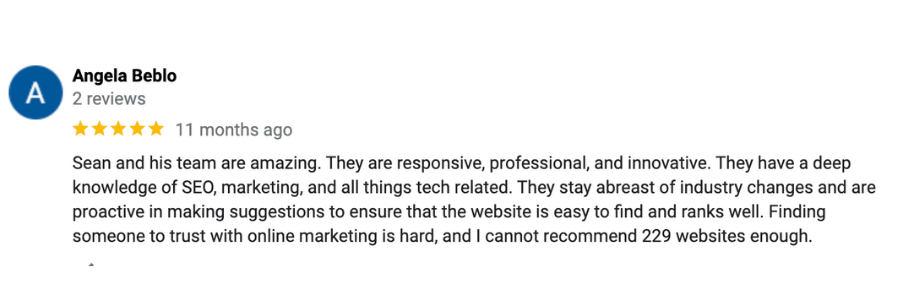
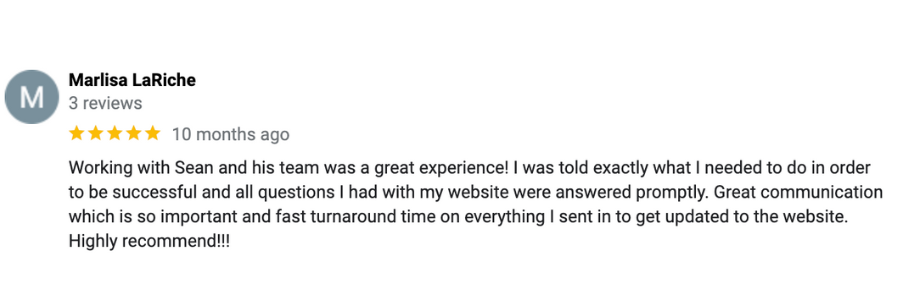

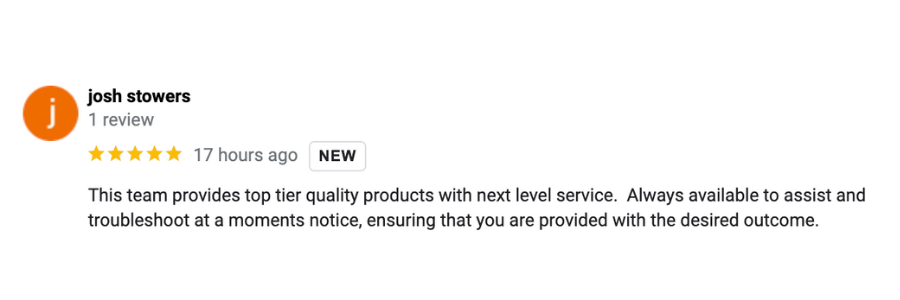
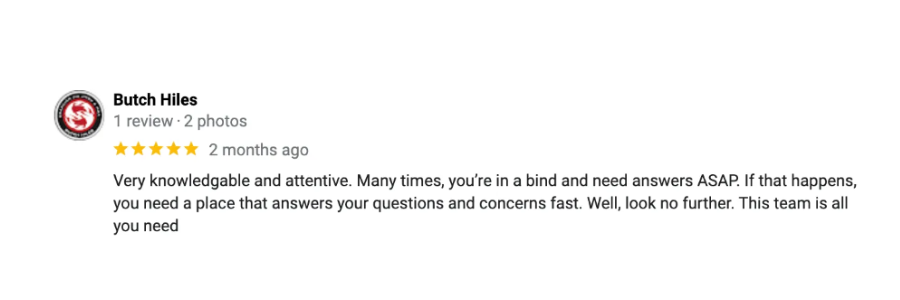
Creating the Perfect E-commerce Website: Web Design and Development Solutions
With the global e-commerce market expected to reach a staggering $7.7 trillion by 2025, it's high time you bring your A-game to your e-commerce website! A run-of-the mill site does not make the cut anymore. Today, we delve into how strategic web design and development solutions can transform your basic online store into a conversion machine. Stand out from the pack, inspire trust, and generate sales like never before by creating the perfect e-commerce website. Ready to launch into hyperspace? Let’s power on!

When implementing e-commerce solutions in web design and development, it is crucial to prioritize aspects such as user-friendly interface design, secure payment gateways, seamless product browsing and selection, efficient inventory management, optimized site speed and performance, mobile responsiveness, and effective search engine optimization (SEO). By addressing these considerations, businesses can create a successful online store that enhances customer experience, drives sales, and facilitates business growth.
The Best E-Commerce Solutions
In today's digital age, having an e-commerce website has become essential in the world of business. It's critical to understand that web design and development solutions for e-commerce websites are not one-size-fits-all. They vary based on business size, products or services offered, target audience, and more. When deciding on the best e-commerce solution for your business, it's essential to weigh all the options.
Think of this as choosing a vehicle appropriate for your commute - you wouldn't opt for a truck if you need a fuel-efficient car every day. Similarly, you shouldn't choose a one-size-fits-all solution when it comes to e-commerce sites.
B2B vs B2C Solutions
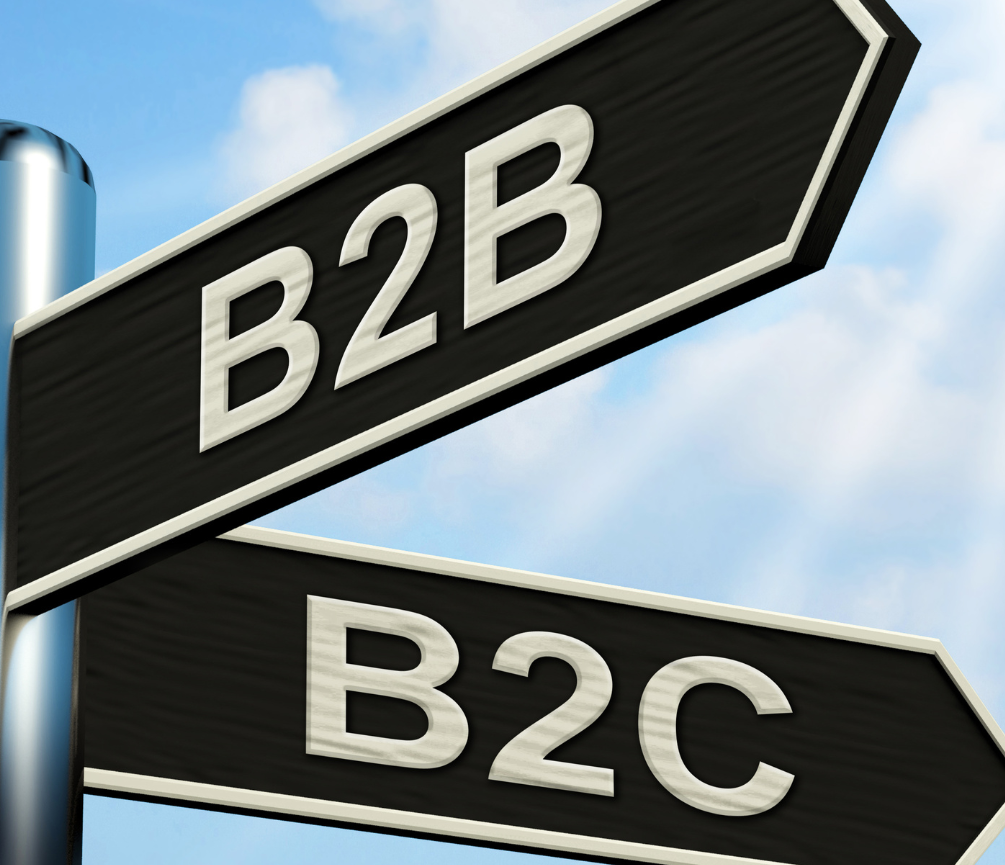
Businesses can be categorized into two categories - B2B and B2C. B2B refers to businesses selling goods or services directly to other businesses, while B2C refers to businesses selling goods or services directly to consumers. The delivery channels and marketing strategies for both these categories differ widely.
When choosing an e-commerce platform, understanding which category your company falls under will help in determining which platform suits you best.
Consider wholesale companies looking for an integrated solution that supports bulk ordering systems versus small retail stores searching for a cost-effective solution with easy-to-use interfaces aimed at everyday customers. For example, Wix (ranked ####1 among e-commerce platforms by Forbes) caters more towards small businesses starting as the pre-built templates are user friendly whilst Shopify (####2 on the list) offers AI functionalities geared towards larger retailers identifying trends and automating responsive feedback.
The benefits of knowing whether your business targets B2B or B2C customers means that you can choose the right platform that supports features like tailored messaging and streamlined payment process integrations specific for that category.
Now that we have developed an understanding of the e-commerce platform solutions best suited for B2B and B2C customers, let's delve further into understanding if a Standalone or Hosted solution would work best for you.
- As of 2024, over 2.14 billion people worldwide are expected to purchase goods and services online, emphasizing the importance of efficient e-commerce website design and development.
- According to a study by BigCommerce, almost 50% of small businesses do not have an e-commerce platform, signaling significant potential for growth in the industry.
- A WebFX report suggests that almost 75% of users make judgments about a company's credibility based on visual appeal, emphasizing the crucial role of effective web design in e-commerce.
- Understanding whether your business targets B2B or B2C customers is crucial in determining the right e-commerce platform for your needs. Different platforms cater to different business categories, with some offering features tailored towards small businesses and others geared towards larger retailers. By choosing the right platform, you can benefit from tailored messaging, streamlined payment process integrations, and other functionalities specific to your target market. Additionally, considering whether a Standalone or Hosted solution would work best for you is another important factor to consider when selecting an e-commerce platform.
When building an e-commerce website, one of the key foundational decisions to make is whether to use a standalone or hosted solution. A standalone solution involves creating a custom website from scratch. This option gives you flexibility and control over every aspect of your online store. On the other hand, a hosted solution has pre-built templates and tools for designing your online store. The latter requires minimal coding experience and comes with additional convenience, such as hosting services.
For instance, Shopify is a popular hosted solution that offers customizable templates and web development tools to help develop your brand's visual identity without the technical knowledge required in standalone solutions.
Each approach has its benefits and drawbacks; hence it's crucial to evaluate which solution aligns with your business goals before settling on either one.
Implementing Essential E-Commerce Features
Creating an eCommerce website is similar to building a house – you need to get the basics right before adding finishing touches. Here are some essential features you must implement:
Streamlining the Checkout Process
Conversion rates are the name of the game for any e-commerce website. One of the most significant contributors to achieving this goal is by streamlining the checkout process. Customers should feel secure when entering payment information and feel confident in making a purchase decisively. Make sure the entire process is intuitive and minimalistic; people shouldn't feel overwhelmed with options, pop-ups, or forms to fill out.
If possible, consider providing multiple payment options like debit/credit card, PayPal, Google pay, etc., as it gives customers more flexibility in choosing their preferred payment method. For those wanting to provide expedited checkout, one can enable "guest checkout" that eliminates making a new account to complete purchases.
However, there can also be unanticipated complications along the way. In cases where customers need customer support (i.e., resolving billing issues), it's essential to have proper channels for connecting with your team easily. Proper customer support increases trust and promotes positive reviews and return visits.
Now that we've explored streamlining the checkout process let us delve into
Mobile User Considerations.
Mobile User Considerations
Gone are the days where e-commerce websites only catered to desktop users. A vast majority of shoppers these days filter products through their smartphones and tablets before completing a purchase. Understanding how your website design translates onto mobile screen sizes is incredibly crucial.
Your website layout should be responsive and compatible with various operating systems like iOS and Android. Ensure images, videos, text boxes resize themselves according to device size but don't compromise on clarity or readability. Avoid cluttering your site with too many clickables; this tends to be an obstruction on smaller screens.
A crucial factor in mobile optimization is page loading time – sluggish websites cause shoppers with poor browsing experience leading them never to return again. Optimize image sizes, use caching features for frequently visited pages or use streamlined code to ensure fast load times.
For example, if you own an online clothing store, consider optimizing your platform for portrait mode so customers can easily browse through product listings by swiping left or right. Additionally, consider offering customer service options like live chat support for quick query resolution.
Lastly, it's vital to make sure your website is accessible and interactive on 4G and 5G connections, respectively.
Now that we have discussed the considerations that need to be made towards crafting a mobile-optimized e-commerce website let us conclude this article.
